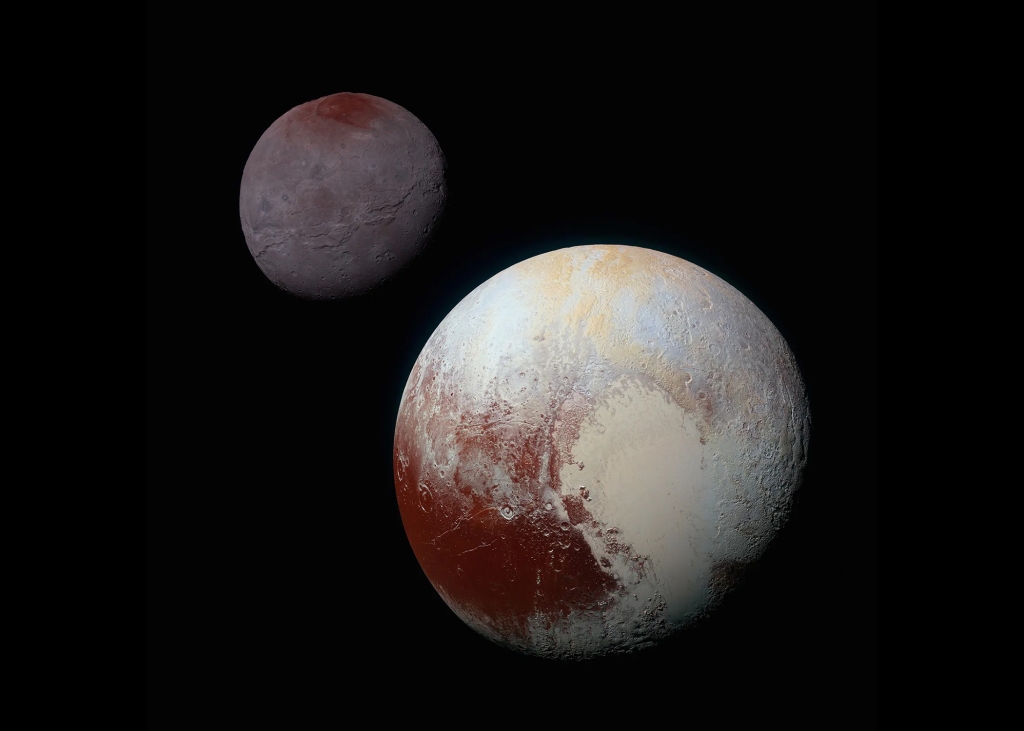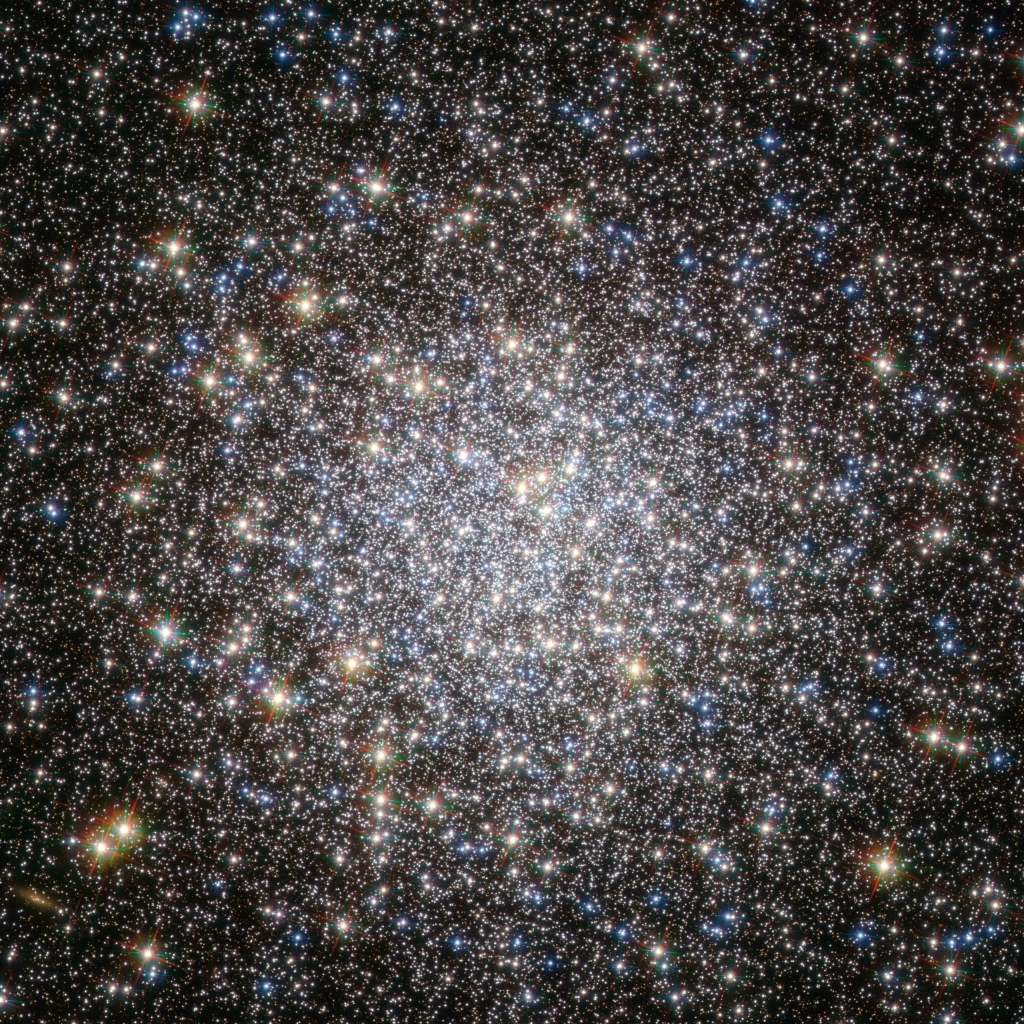Researchers have made significant advancements in understanding the interactions between the solar wind and planetary atmospheres, specifically focusing on Venus. The solar wind, a stream of charged particles ejected from the sun, forms a magnetic barrier when it encounters a planet. This barrier is where magnetic pressure surpasses the plasma pressure, a phenomenon particularly observed around Venus, which lacks its own magnetic field.
Venus does not have a significant global magnetic field, and this is primarily attributed to its slow rotation rate and possibly the characteristics of its core. Despite the lack of a significant intrinsic magnetic field, Venus does interact with the solar wind, leading to the formation of a magnetosphere, but it’s primarily induced by the interaction of the solar wind with the ionosphere of Venus, rather than being generated by a dynamo in the planet’s core.
Scientists utilize the Hall-MHD model to simulate this interaction between magnetic pressure and plasma pressure, revealing that the thickness of Venus’s magnetic barrier is affected by various parameters of the solar wind.
The Hall-MHD model is a sophisticated method for studying plasmas—fluids that conduct electricity—considering how they move and interact with magnetic fields. Unlike simpler models that view plasma as a single fluid, the Hall-MHD model includes extra details that capture how plasmas behave more accurately in space situations, like around planets, in solar wind, or near stars.
Notably for Venus, its magnetic barrier exhibits a distinct asymmetry, attributed to the Hall effects concentrated near the ionopause, the boundary where planetary and solar wind plasmas meet. This asymmetry is further influenced by the behavior of new atmospheric ions and the orientation of the interplanetary magnetic field (IMF).
Past observations, such as from the Pioneer Venus Orbiter launched in 1978, demonstrated that the magnetic barrier’s strength varies with the solar zenith angle and is highly sensitive to the IMF’s orientation. The barrier’s dynamics are also intertwined with the Venusian ionosphere’s state, which fluctuates with solar activity, leading to a pronounced dependence on the solar cycle. During periods of solar minimum, the barrier’s intensity diminishes compared to the solar maximum.


For over two decades, researchers have employed various MHD models to study solar wind interactions with Venus. Recent advancements have incorporated the multifluid Hall-MHD model, shedding light on the asymmetry between the planet’s northern and southern hemispheres. These models emphasize the importance of the IMF’s direction in relation to the solar wind velocity and the pivotal role of the Hall effects in shaping the magnetic barrier’s characteristics.
Despite the extensive modeling and observational data, the intricate physics underpinning this asymmetry remains a subject of ongoing research. Scientists are particularly focused on unraveling the influence of the Hall term and the finite Larmor radius of atmospheric ions on the density, pressure, and magnetic field within the magnetic barrier region. This research not only deepens our understanding of planetary atmospheres but also enhances our knowledge of space weather’s impact on planetary environments.
Source: Erkaev, N.V. “About the Magnetic Barrier of Venus.” Planetary and Space Science, vol. 240, 2024, p. 105834, http://www.sciencedirect.com/science/article/pii/S0032063323002039, https://doi.org/10.1016/j.pss.2023.105834.
Featured Image: NASA / JPL Caltech





